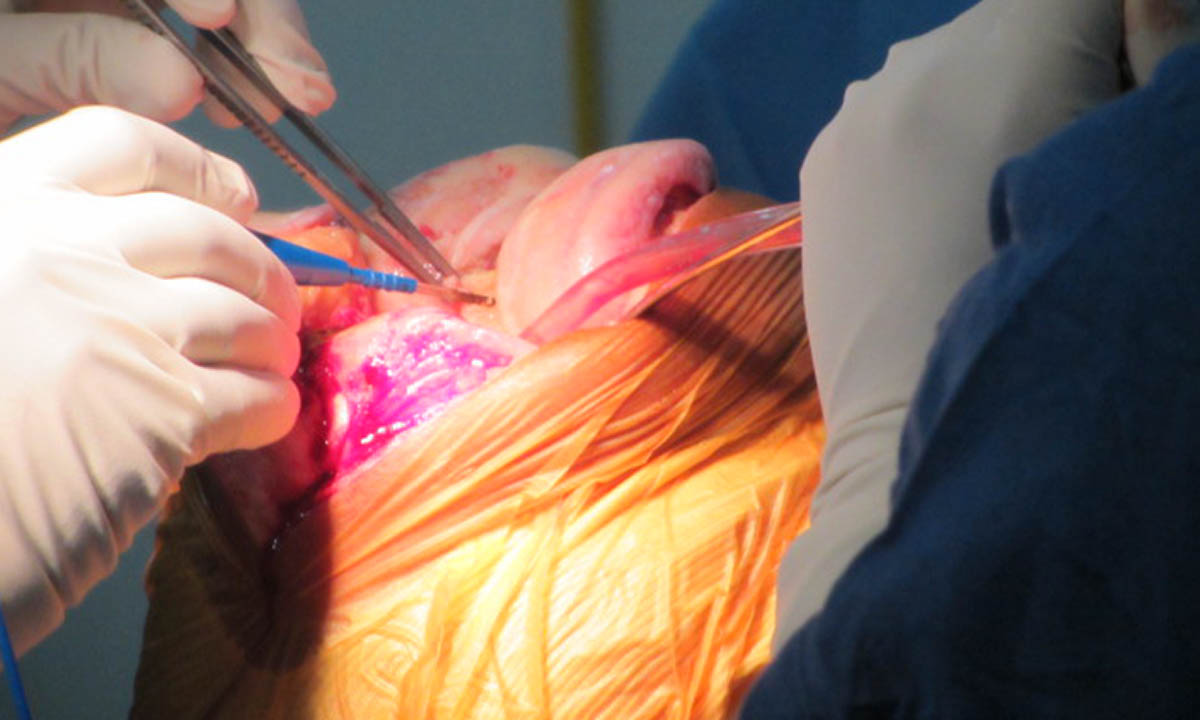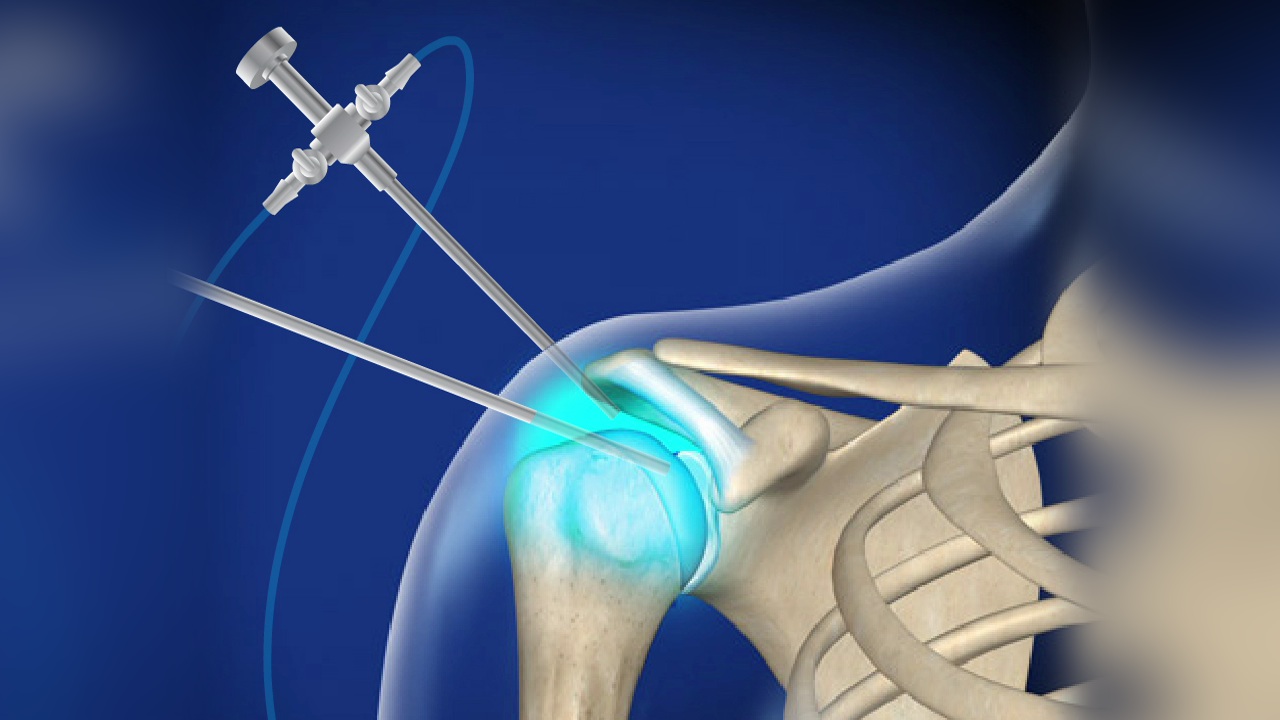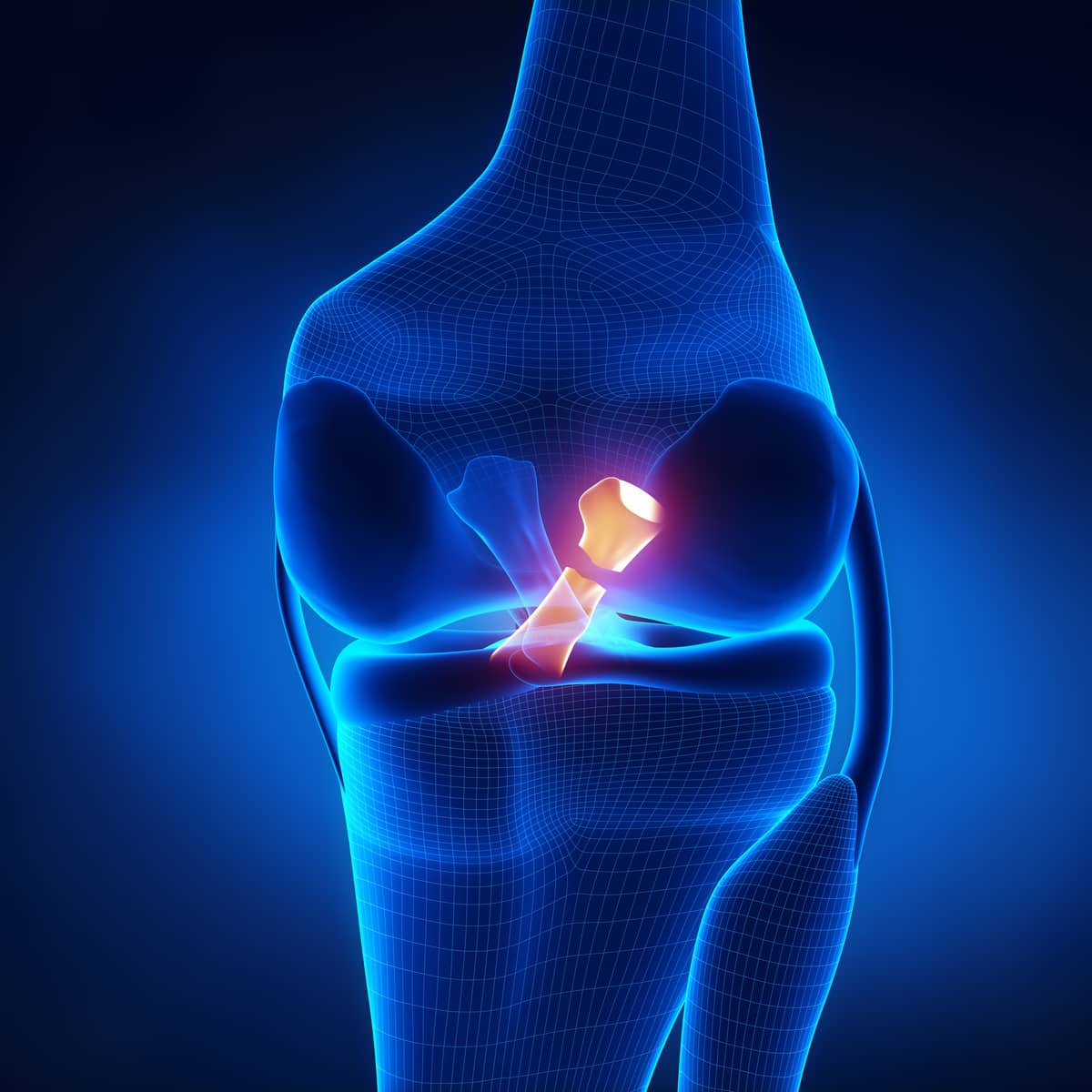Shoulder Replacement
Arthroscopic meniscal repair is an outpatient surgical procedure used to repair torn knee cartilage. The torn meniscus is repaired by a variety of minimally invasive techniques and requires postoperative protection to allow healing. Physical therapy helps restore the full function of the knee. This occurs on average, 45 months after surgery.
The purpose of meniscal surgery is to maintain healthy meniscal tissue. Meniscus tears require a blood supply to heal. Only the outer third of the meniscus has a blood supply to heal the tears. Repairs are usually limited to this area of the meniscus.
Possible benefits of arthroscopic meniscus repair
The meniscus is an important structure for knee power transmission and shock absorption. The knee receives up to five times the weight during activity. Half of its force passes through the meniscus if the knee is straight, and 85% of its force passes through the meniscus if the knee is bent 90 degrees. Loss of the meniscus increases pressure on the articular cartilage (sliding cartilage), causing degenerative changes. Successful meniscal repair protects the meniscal tissue and mitigates these changes.




